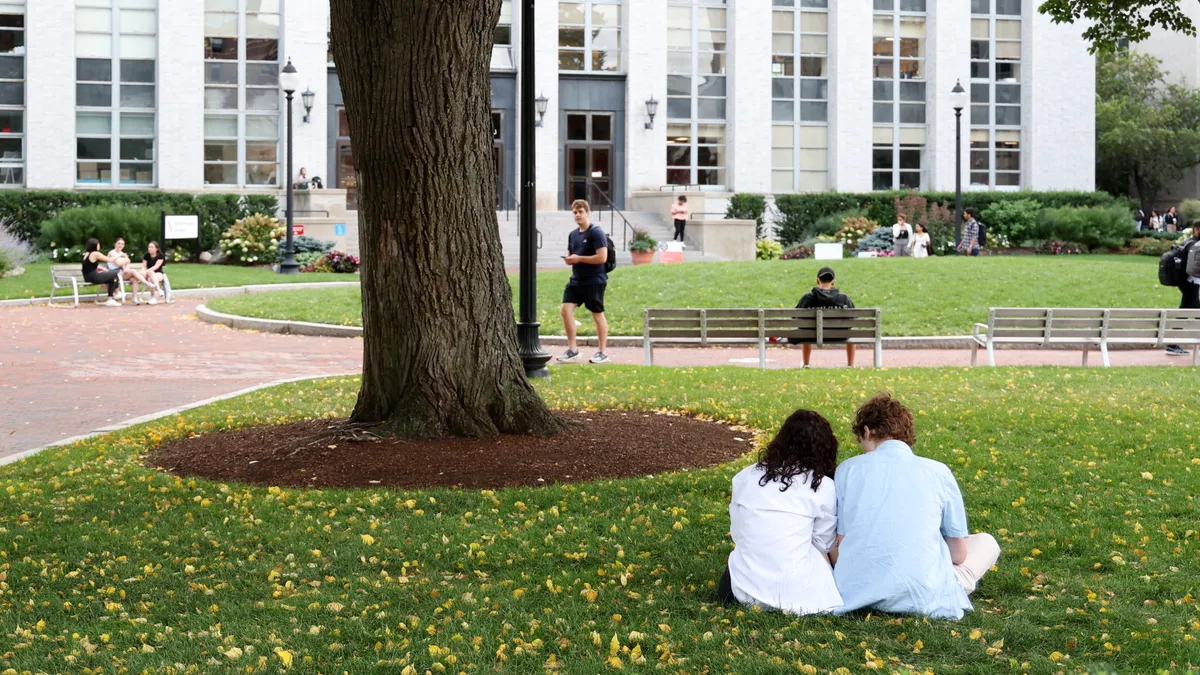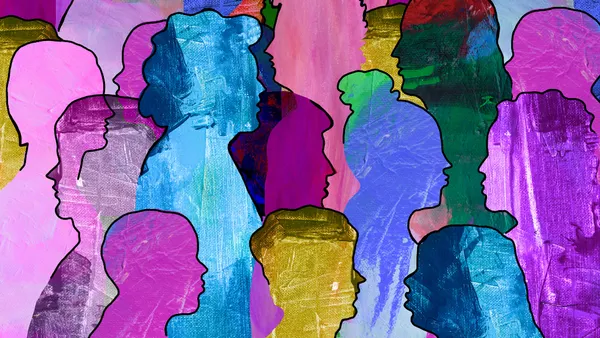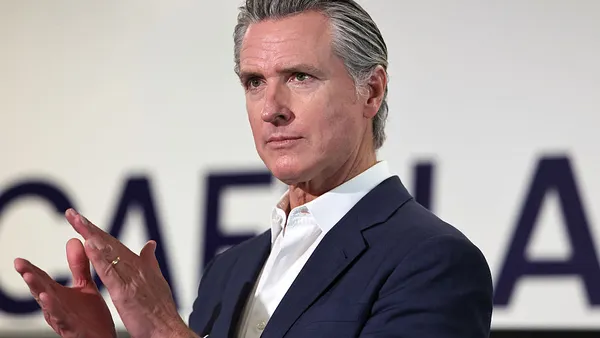Transfer enrollment has been hammered hard by the coronavirus pandemic. Over the past two years, the number of transfer students enrolling in colleges has plummeted 13.5%, according to the latest figures from the National Student Clearinghouse Research Center.
Some of the trends are due to lower enrollment at community colleges, which have seen some of the largest drop-offs in enrollment during the health crisis. Four-year colleges are particularly concerned with upward transfer, when students move to their campuses from two-year institutions.
Upward transfer enrollment has fallen 9.7% over the past two years, and the losses have been accelerating. In 2019-20, there were almost 890,000 upward transfer undergraduates. Two years later, there were roughly 800,000. But their losses haven’t been felt evenly across higher education.
For-profit colleges have seen the biggest declines in upward transfer students since 2019-20, with enrollment falling 11.3%. Private nonprofits are next in line, with losses of 10.6% over the time period. Public four-year colleges haven’t fared much better, with declines of 9.1%.
For-profit colleges saw the largest dip in upward transfer students
Enrollment patterns also differ by gender. The number of upward transfer students who are men has declined 11.7% over the past two years, compared to an 8.5% loss for women.
These trends exacerbate existing enrollment inequities. In the year before the pandemic, 40.1% of upward transfer students were men. But that share shrank to 39.2% in the 2021-22 academic year. The latest data does not include a category for nonbinary students.
Upward transfer enrollment losses have been greater among male students
Upward transfer trends have been uneven across age categories. Students younger than 21 haven’t been much affected — in fact, their enrollment has increased 1% over the past two years. Meanwhile, enrollment losses have been concentrated among those between the ages of 21 and 29. Enrollment of upward transfer students ages 21-24 has declined 16% over the past two years, while enrollment for those ages 25-29 has dropped even more, 18.3%.
Upward transfer enrollment declines are concentrated among 21-29 age group
Racial disparities are prevalent in upward transfer patterns. Enrollment losses on a percentage basis have been the largest among Native American students, followed by Black students and White students. Enrollment of Asian students has fared the best, though that has also seen a two-year decline of 3.4%.
Enrollment of Native American, Black and White upward transfer students has cratered
Institutional selectivity matters when it comes to upward transfer. In the pandemic’s first full academic year, 2020-21, only the two most competitive categories of institutions saw gains in upward transfer students. However, every institution type saw losses in the pandemic’s second year.
Still, losses of upward transfer students have been blunted at highly competitive institutions, falling only 3.6% over the past two years. The most competitive institutions saw a two-year upswing of 10%. However, they enrolled only about 24,000 upward transfer students in 2021-22, among the smallest number of any type of institution.
The less selective the institution, the greater losses it likely saw in upward transfer students. Noncompetitive colleges fared the worst, with a 16.1% decline in this population over the two-year period













